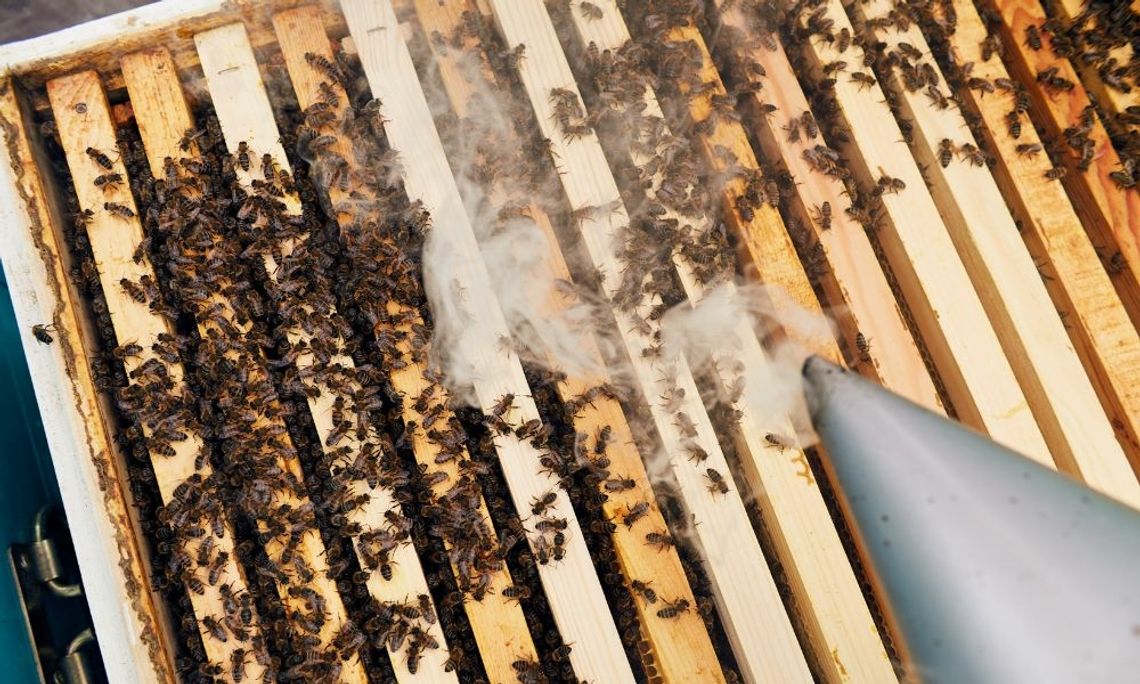Agriculture is essential to help bring food to the world's table. However, it also significantly affects the environment, contributing to issues like soil degradation and biodiversity loss. Farmers in Pelahatchie, Mississippi, need to adapt and become kinder to the planet to preserve their agricultural heritage and create a better environment. Here is how farmers can become more environmentally friendly.
Adopt Sustainable Farming Practices
Switching to sustainable farming practices is a crucial first step toward becoming kinder to our ecosystem. Preservative farming methods focus on reducing the negative environmental impact of farming activities while ensuring farmers continue earning a practical income. What are some of the most valuable farming practices aimed at sustainability? Read about two options below.
Crop Rotation
One sustainable method is crop rotation, where farmers grow different crops in the same location in a planned sequence. This practice helps maintain soil fertility, reduce erosion, and prevent pest and disease buildup. Integrating livestock into the crop rotation system using their manure as organic fertilizer can also be a valuable practice, as it improves soil fertility while reducing chemical inputs.
Conservation Tillage
Another sustainable practice is conservation tillage, which involves minimal soil disruption when preparing the fields for planting. This practice helps reduce soil erosion and water runoff, thus preserving valuable topsoil and improving water quality.
Implement Precision Agriculture Techniques
Precision agriculture uses technology to optimize water, fertilizer, and pesticides. By using tools like GPS, drones, and sensors, farmers can gather accurate field data to help make better decisions on how and where to apply inputs. This results in more efficient resource use, reduced waste, and decreased environmental impact.
For instance, farmers can use variable rate technology (VRT) to apply fertilizers more precisely according to soil and crop needs. This technology reduces the risk of overfertilization and groundwater pollution.
Preserve Natural Habitats and Promote Biodiversity
Promoting biodiversity on the farm by preserving and creating natural habitats is another strategy to minimize agriculture's environmental footprint. Establishing buffer zones, planting hedgerows, or creating wildlife ponds can provide shelter and food resources for beneficial insects, birds, and other native species.
Encouraging biodiversity on the farm can also help control pests and pollination, reducing the need for insecticides and boosting crop yields.
Educate the Community and Share Your Knowledge
Farmers naturally hold a vital role in educating their community on the importance of environmentally friendly farming practices. Since they learn so many things, they can give back to their community by educating them. For instance, they can teach aspiring farmers about the benefits of beekeeping for the environment. Additionally, hosting farm visits, giving talks, or sharing knowledge on social media can help raise awareness and inspire other agriculturalists to adopt similar practices.
Adopting sustainable farming practices, implementing precision agriculture techniques, preserving natural habitats, and promoting biodiversity are some ways farmers can become more environmentally friendly. Making these changes can benefit the farmers, the environment, and the wider community, leaving a lasting impact on future generations. Let's work together to create a greener, more sustainable agricultural landscape for Pelahatchie.


Comment
Comments